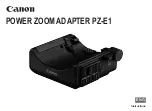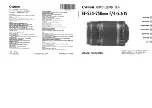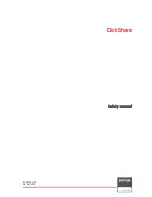
7
3 Mounting
VEGABAR 81 • Slave sensor for electronic differential pressure
48050-EN-160212
•
Configuration, Master sensor suitable for electronic differential
pressure
•
Pressure type is identical for both sensors, i.e. relative pressure/
relative pressure or absolute pressure/absolute pressure
•
Master sensor measures the higher pressure
•
Measurement setup as shown in the following chapters
The measuring range of each sensor is selected such that it fits the
measuring loop. For this, the max. recommended turn down must be
noted. See chapter "
Technical data
". It is absolutely necessary the the
measuring ranges of Master and Slave correspond.
Measurement result = Measured value of Master (total pres-
sure) - measured value of Slave (static pressure)
Depending on the application, individual combinations can result, see
following examples:
Data
Application: Level measurement
Medium: Water
Vessel height: 12 m, hydrostatic pressure = 12 m x 1000 kg/m
3
x
9.81 m/s
2
= 117.7 kPa = 1.18 bar
Superimposed pressure: 1 bar
Total pressure: 1.18 bar + 1 bar = 2.18 bar
Instrument selection
Nominal measuring range Master: 2.5 bar
Nominal measuring range Slave: 1 bar
Turn Down: 2.5 bar/1.18 bar = 2.1 : 1
Data
Application: Level measurement
Medium: Water
Vessel height: 500 mm, hydrostatic pressure = 0.50 m x 1000 kg/m
3
x
9.81 m/s
2
= 4.9 kPa = 0.049 bar
Superimposed pressure: 350 mbar = 0.35 bar
Total pressure: 0.049 bar + 0.35 bar = 0.399 bar
Instrument selection
Nominal measuring range Master: 0.4 bar
Nominal measuring range Slave: 0.4 bar
Turn Down: 0.4 bar /0.049 bar = 8.2 : 1
Data
Application: Differential pressure measurement
Medium: Gas
Static pressure: 0.8 bar
Differential pressure on orifice: 50 mbar bar = 0.050 bar
Total pressure: 0.8 bar bar + 0.05 bar = 0.85 bar
Example - large vessel
Example - small vessel
Example - orifice in
pipeline






































